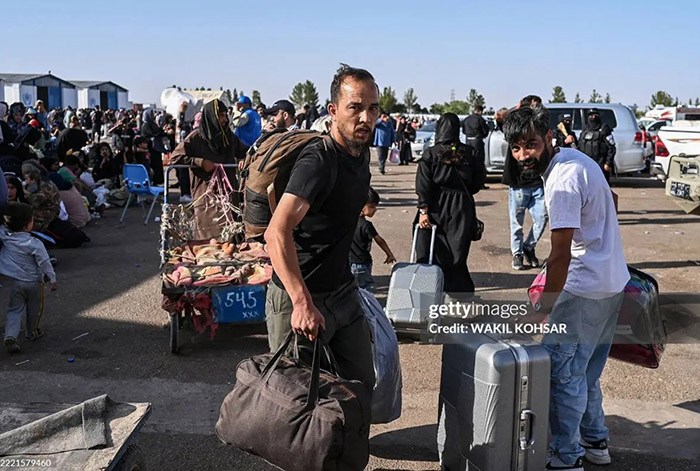Historical Background of Afghan Migration to Iran
Afghan migration to Iran is not a new phenomenon. For more than four decades, Iran has hosted millions of Afghan refugees. The migration began in earnest during the Soviet invasion of Afghanistan in 1979, which forced hundreds of thousands of Afghans to flee their homeland. Many found refuge in neighboring Iran, which shares linguistic, cultural, and religious ties with many Afghan ethnic groups, especially the Persian-speaking Hazara and Tajik populations.
Over the years, successive waves of Afghan refugees sought safety and economic opportunity in Iran, fleeing civil wars, Taliban rule in the 1990s, and the subsequent NATO intervention in 2001. By 2021, the UNHCR estimated that around 3.6 million Afghans lived in Iran, with varying legal statuses—some as documented refugees, others on temporary permits, and many more as undocumented migrants.
For decades, these Afghan refugees contributed to Iran’s economy, often working in construction, agriculture, and low-wage service jobs. However, their presence has remained precarious, with limited access to formal employment, education, healthcare, and legal protections.

